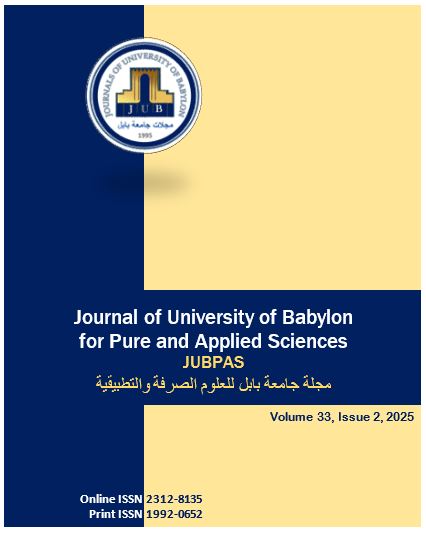The Hazard of Histoplasmosis for Breeders of Ornamental Birds
Main Article Content
Abstract
Recently, the demand for birds in cages has increased significantly, driven by the desire to enjoy the beauty of birds and their songs and the pressure of individuals, especially children, to raise and tame them so they can live in their homes. The most popular pet birds are cockatiels, canaries, budgerigars, and lovebirds. Inhalation, vector-borne, and fecal-oral pathways are how zoonotic illnesses are spread. Humans can contract zoonotic infections from direct or indirect contact with contaminated bird droppings, cages, or food sources. Histoplasmosis is one of the most important fungal diseases affecting humans, and it originated in birds. Subclinical or moderate respiratory illnesses are among its clinical symptoms, as is progressive disseminated histoplasmosis (PDH), a potentially fatal sickness whose precise identification is still difficult and scarce in many nations where it is widespread. One way to help avoid zoonosis in humans and birds is to use human protective equipment, clean and sanitize bird cages, and practice biosecurity and hygiene.
Article Details
Section

This work is licensed under a Creative Commons Attribution 4.0 International License.
